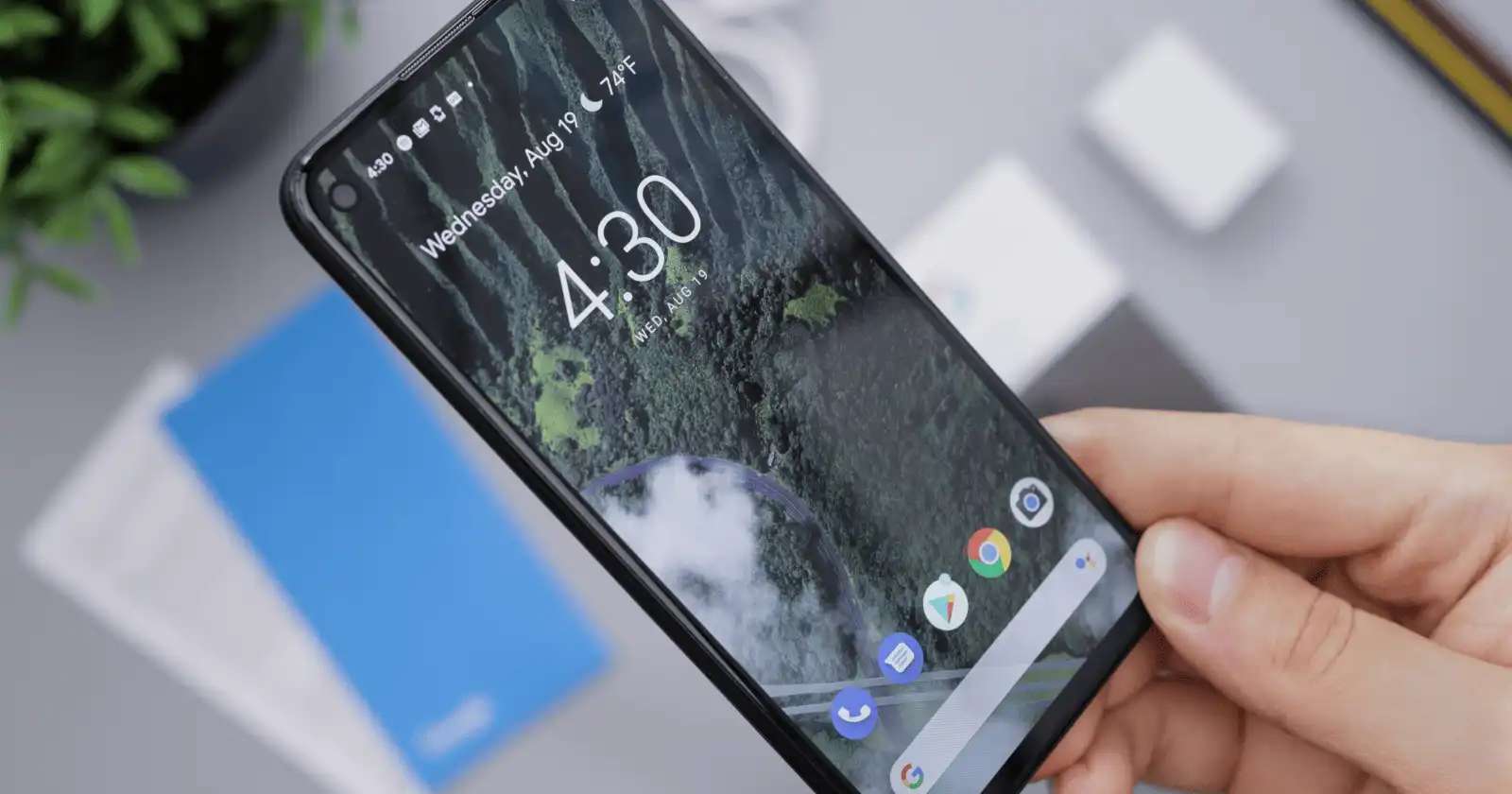The Android Open Source Project (AOSP) is an open-source mobile operating system led by Google which powers the majority of the world's mobile devices. Most phones sold with Android are modified to include invasive integrations and apps such as Google Play Services, so you can significantly improve your privacy on your mobile device by replacing your phone's default installation with a version of Android without these invasive features.
Our Advice¶
Replace Google Services¶
There are many methods of obtaining apps on Android while avoiding Google Play. Whenever possible, try using one of these methods before getting your apps from non-private sources:
There are also many private alternatives to the apps that come pre-installed on your phone, such as the camera app. Besides the Android apps we recommend throughout this site in general, we've created a list of system utilities specific to Android which you might find useful.
Install a Custom Distribution¶
When you buy an Android phone, the default operating system comes bundled with apps and functionality that are not part of the Android Open Source Project. Many of these apps—even apps like the dialer which provide basic system functionality—require invasive integrations with Google Play Services, which in turn asks for privileges to access your files, contacts storage, call logs, SMS messages, location, camera, microphone, and numerous other things on your device in order for those basic system apps and many other apps to function in the first place. Frameworks like Google Play Services increase the attack surface of your device and are the source of various privacy concerns with Android.
This problem could be solved by using an alternative Android distribution, commonly known as a custom ROM, that does not come with such invasive integration. Unfortunately, many custom Android distributions often violate the Android security model by not supporting critical security features such as AVB, rollback protection, firmware updates, and so on. Some distributions also ship userdebug builds which expose root via ADB and require more permissive SELinux policies to accommodate debugging features, resulting in a further increased attack surface and weakened security model.
Ideally, when choosing a custom Android distribution, you should make sure that it upholds the Android security model. At the very least, the distribution should have production builds, support for AVB, rollback protection, timely firmware and operating system updates, and SELinux in enforcing mode. All of our recommended Android distributions satisfy these criteria:
Avoid Root¶
Rooting Android phones can decrease security significantly as it weakens the complete Android security model. This can decrease privacy should there be an exploit that is assisted by the decreased security. Common rooting methods involve directly tampering with the boot partition, making it impossible to perform successful Verified Boot. Apps that require root will also modify the system partition, meaning that Verified Boot would have to remain disabled. Having root exposed directly in the user interface also increases the attack surface of your device and may assist in privilege escalation vulnerabilities and SELinux policy bypasses.
Content blockers which modify the hosts file (AdAway) and firewalls (AFWall+) which require root access persistently are dangerous and should not be used. They are also not the correct way to solve their intended purposes. For content blocking, we suggest encrypted DNS or content blocking functionality provided by a VPN instead. TrackerControl and AdAway in non-root mode will take up the VPN slot (by using a local loopback VPN), preventing you from using privacy enhancing services such as Orbot or a real VPN provider.
AFWall+ works based on the packet filtering approach and may be bypassable in some situations.
We do not believe that the security sacrifices made by rooting a phone are worth the questionable privacy benefits of those apps.
Install Updates Regularly¶
It's important to not use an end-of-life version of Android. Newer versions of Android receive not only security updates for the operating system but also important privacy enhancing updates too.
For example, prior to Android 10 any apps with the READ_PHONE_STATE permission could access sensitive and unique serial numbers of your phone such as IMEI, MEID, or your SIM card's IMSI; whereas now they must be system apps to do so. System apps are only provided by the OEM or Android distribution.
Use Built-in Sharing Features¶
You can avoid giving many apps permission to access your media with Android's built-in sharing features. Many applications allow you to "share" a file with them for media upload.
For example, if you want to post a picture to Discord you can open your file manager or gallery and share that picture with the Discord app, instead of granting Discord full access to your media and photos.

